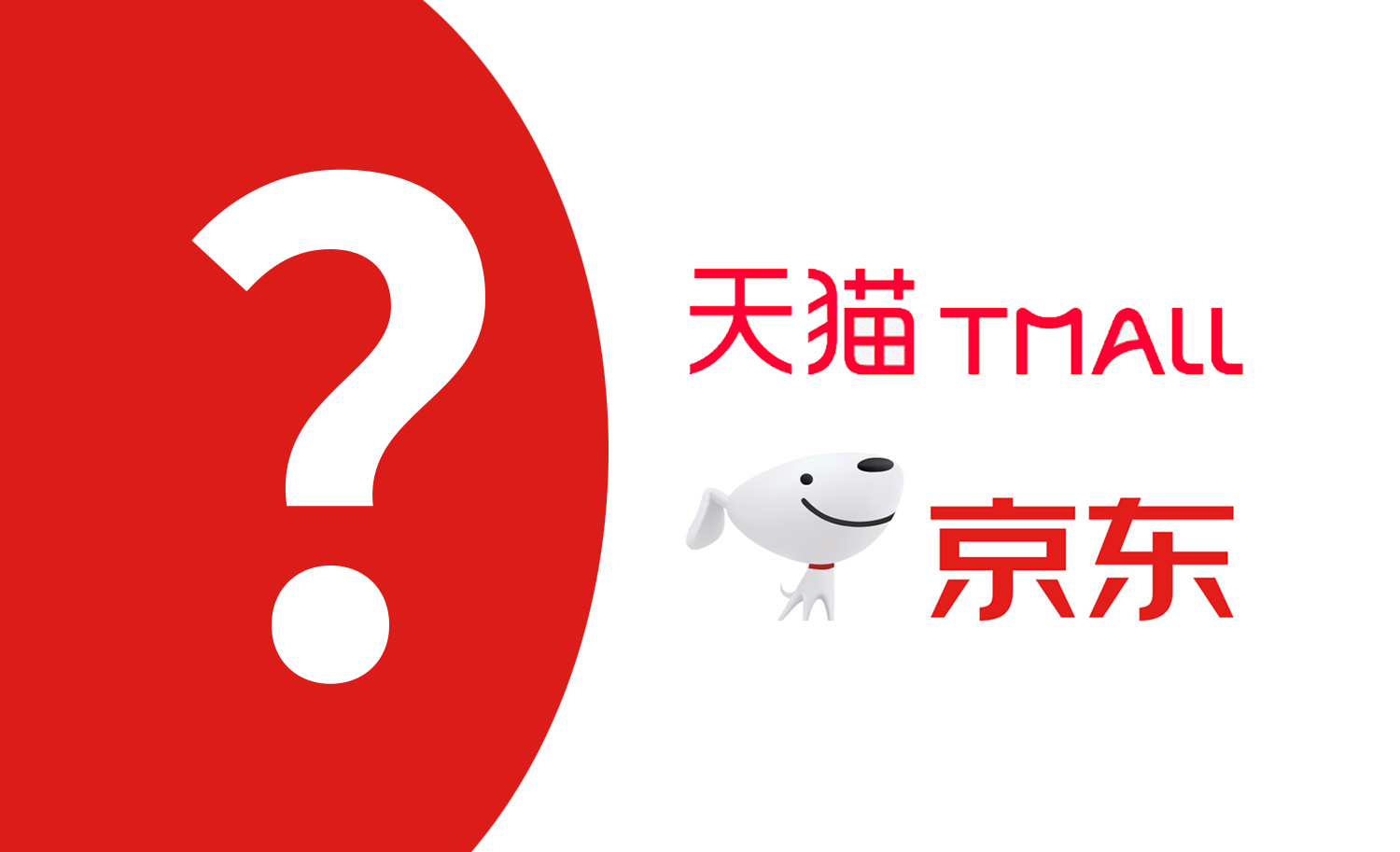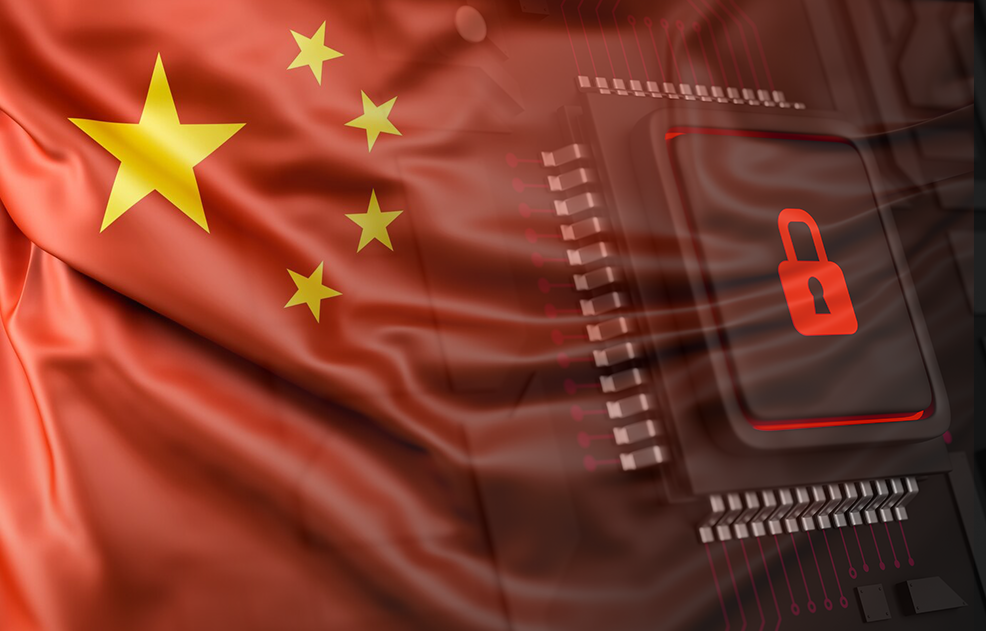Why have so many Western companies — including heavyweights like Amazon and Google — struggled in China’s e-commerce market?

Amazon entered China’s business-to-consumer market by acquiring Joyo.com in 2004 for $75 million. From the start, it faced fierce competition, in particular from Tmall.com. Today, Amazon’s market share in China stands at 3.5%, with indigenous companies such as Tmall.com (53% market share) and JD.com (22.7%) controlling the bulk of the market.

Google entered China by setting up its local domain google.cn in 2006. Though Google is the de facto word for “search” and the number one search engine in many parts of the world, it never gaineda major share in China’s search advertising market. Baidu.com, a company founded in Beijing in 2000, now has66.9% market share, with Google trailing at around 4%.
And these are just two examples. Numerous prominent American companies — including eBay, Expedia, Groupon and Yahoo! — have also struggled to replicate in China their success in other markets. Which brings us back to our opening question: Why? After years of effort and millions of dollars spent, armed with the most sophisticated technology and premium brand names, these Internet giants have all failed to claim a leadership role in China’s e-commerce. So what happened? Why can’t these smart, formidable companies gain more traction in China?
Hitting the (Great) Wall
First, some background: China is the world’s largest e-commerce market, and, with more than half a billion Internet users, China boasts the greatest number of Internet users in the world. Its online shopping market hit 1274.1 billion yuan in 2011 and, according to a recent report from Boston Consulting Group, China’s e-commerce market is expected to be worth 2 trillion yuan by 2015. At press time, one yuan was worth about .16 American dollars — so 2 trillion yuan, at that rate, is the equivalent of $320 billion. No wonder all the e-commerce titans have thrown themselves at the Great Wall, looking for a piece of the market.
For our research, we used industry analysis, case studies and interviews with executives in China’s e-commerce industry, as well as primary research about companies’ online store presences. In addition, we examined various high-profile e-commerce entries into China. All told, we identified four key ways in which U.S. e-commerce companies proverbially hit the Great Wall when they tried to enter the Chinese market:

1. A failure to modify the business model for Chinese customers
eBay entered China in 2002 with the acquisition of EachNet, a domestic player in the consumer-to-consumer market. Since then, the company has spent about $400 million on this venture. However, it saw its market share plummet from 85% in 2002 to 8.2% in 2007. EachNet’s market share has subs
equently dropped to 0.7%, while the dominant player, China’s own Taobao, controls 90.3% of the consumer-to-consumer market.
What happened? EachNet initially used eBay’s business model and charged sellers for auction listings and sales — a massive turnoff to many potential sellers. By contrast, when Taobao came along, it charged nothing for seller listings. Its revenues come from seller-paid rankings in search results (“Taobao Express”) and its sale of user-defined storefronts (“Taobao Hot Store”). Sellers’ positions on the results list depend on their bidding prices. They also pay on a per-click basis for their positions. This innovative revenue model not only brings Taobao a much wider seller base, but also provides a robust revenue stream, since many sellers pay extra to compete on their improved visibility.
Taobao’s Web page provides much more than mere product listings. It actively makes product recommendations and provides suggestions and tips, promoting a sense of social community. Consumers can find entertainment news and fashion trends, along with product reviews and practical tips for online shoppers, such as how to identify counterfeit products. By contrast, EachNet focuses more on price information and product listings, similar to eBay’s style in the U.S. As a result, Taobao’s site is stickier to Chinese consumers.
Taobao also allows for direct interactions between sellers and buyers, which reduces the risks fo
r both sides. Moreover, products on Taobao are listed by popularity by default — since Taobao knows that Chinese consumers are more likely to follow fashion trends in their shopping. By comparison, EachNet lists according to auction ending time which, while consistent with eBay’s global format, is less informative or relevant to Chinese shoppers. Moreover, EachNet does not allow buyers and sellers to interact or bargain directly until after they complete their transactions.
2. Insistence on a standard global technology platform
One mistake eBay made was a decision to terminate EachNet’s homegrown technology platform and move all EachNet users to the eBay “global platform” in 2004. Because data were traveling across borders after the migration, they had to pass through China’s censorship firewall — causing a significant slowdown in browsing speed and leading to user frustration. It took only six months for Taobao to overtake EachNet and become the market leader, and it happened while eBay was slowly implementing its technology migration. On the day of the actual switch to the global platform — the last day of the lengthy migration — traffic to eBay China reportedly fell by about half.

3. Overlooking the competition
Groupon, the top online group purchase company in the United States, also had a hard time gaining traction in China. One reason: There were already more than 1,000 competitors providing the same service in China by the time Groupon entered the market in 2011. Owing to the high degree of competition, the average commission rate (12%) was drastically lower than that
in the U.S. (50%). In some categories, Groupon had to forgo commission in order to gain subscribers. In its number of unique visitors per month, Groupon lagged behind seven local companies — in some cases, far behind. Its leading competitor, Meituan, controls 17% of the market; Groupon China, which is known as Gaopeng, has a market share of 2.5%. To make matters worse, Groupon had aggressively expanded to dozens of cities in China. As a result, regional offices often competed among themselves for the same accounts. Within months, the company had to reduce its employee head count and close a number of offices. All this took place less than a year after its joint venture investment of $8.6 million in January 2011.
4. An inability to address challenges from Chinese authorities
Google, very famously, has clashed with the Chinese government over the censorship of its search engine and at one point in 2010 withdrew from the China market. More recently, Google’s market share in China stands at about 17%, far behind Baidu.com, the leading search engine in China. Although Google’s conflicts with the Chinese government certainly have had an effect on its business, Baidu.com deserves plenty of credit for its dominance in market share. Specifically, Baidu understands that its customers may not have in-depth knowledge about online advertising or how to conduct advertising campaigns. Therefore, it has a huge sales force that does an enormous amount of hand-holding with customers, educating them about every aspect of online search and advertising. “Google may have a better search engine, but we know what Chinese customers need and how to sell to them,” said one Baidu executive.
Practical Advice
Below we offer a list of workable strategies gleaned from U.S. Internet companies’ experiences competing in China:
1. Adapt your offerings to better befit the social habits of Chinese consumers
Owing to a highly collectivistic culture, Chinese consumers rely heavily on social networks, reviews and recommendations when making a purchase decision. Consequently, Chinese customers are also avid content providers. In fact, Chinese consumers are more social online than U.S. consumers. Thus, companies have to make customer service a top priority, as any bad word of mouth can spread like wildfire and cause more damage than it would in a Western country.
2. Focus on the customer, not just on the information system
Some organizations believe that the key to success in China is superior information technology. Therefore they tend to focus more on system integration than on customer needs. But as our examples demonstrate, meeting customer needs is the most important determinant of success.
3. Speed up your decision-making processes; act fast and react faster
China’s e-commerce companies excel at making rapid, consumer-centric decisions. In China, local market conditions change rapidly. A long reporting chain with personnel at Western headquarters controlling everything is simply not feasible. Decisions have to be made quickly.
4. Consider other forms of market entry
Nowhere is it etched in stone that American organizations must launch Chinese divisions. Given how difficult the competition is, organizations would be wise to consider forming strategic partnerships with local competitors. For example, instead of building an e-commerce channel of their own, several big-name brands — including Gap Inc. and Levi Strauss — have teamed up with Taobao to sell their products online in China. Another form of entry is investing in local companies. Walmart, as part of its online strategy in China, has recently led a consortium of investors in buying a $500 million stake in 360buy.com.
5. Be flexible — and creative — in strategies in response to regulations
China is a fast-evolving economy whose business environments as well as the rules surrounding them are often nontransparent and uncertain. So businesses entering China need to be fully aware of the consequences of operating in such an environment and need to be flexible in their strategies. Google, for example, decided to re-enter China in early 2012 with different product offerings. The company is now focusing on products and services that are less censor-sensitive, such as maps, shopping services and mobile platforms. In particular, Google is also leveraging its newly acquired Motorola handset division (which has an established presence in China’s cellphone market) to promote new services.
Generally, successful market entry strategies depend on two critical factors: the complexity of local knowledge of the entry market and the speed at which the industry is evolving — something we’ll call “industry clockspeed,” a concept extensively studied by MIT professor Charles H. Fine, author of the 1998 book Clockspeed: Winning Industry Control in the Age of Temporary Advantage. Competing in China’s e-commerce landscape requires both complex market knowledge and fast clockspeed. Organizations therefore need not only to engage their customers intensively and listen to them but also to adapt rapidly to changes in market trends and customer feedback. In other words: Decentralize your decision-making to speed up your response times and focus more on customer needs — rather than pursuing standardization and consistency in your external brand or your internal processes.
The biggest challenge faced by all multinational companies when formulating their globalization strategies is how to strike a balance between standardization and customization that fits with the company’s vision, business model and strengths. There is no one-size-fits-all solution, as companies have different objectives and resources in their globalization efforts. However, in a market like China’s, where local knowledge and culture are crucial to success, more thought should be given in the business strategy process to how to better serve local customers and adapt in a rapidly changing market.












